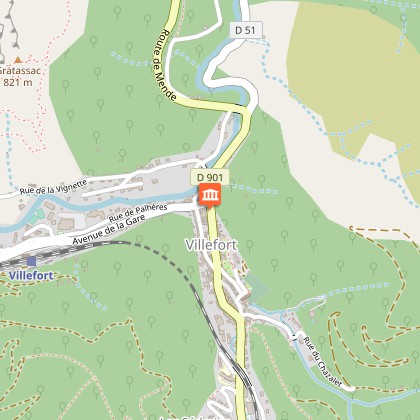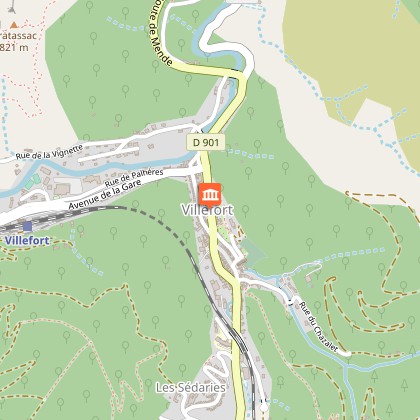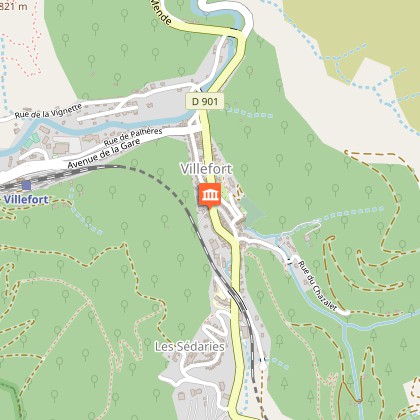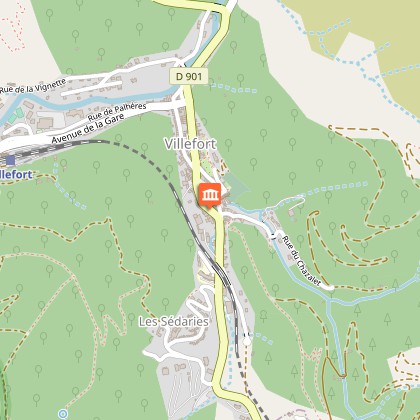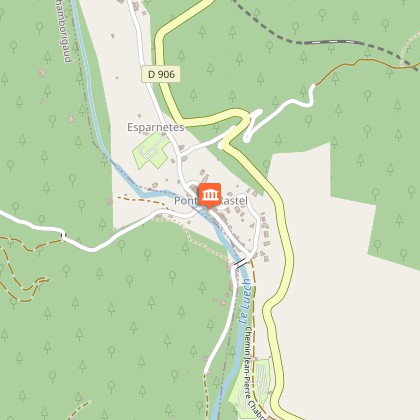Alert
Alerts
GR®700: the Régordane Way

IGN cards


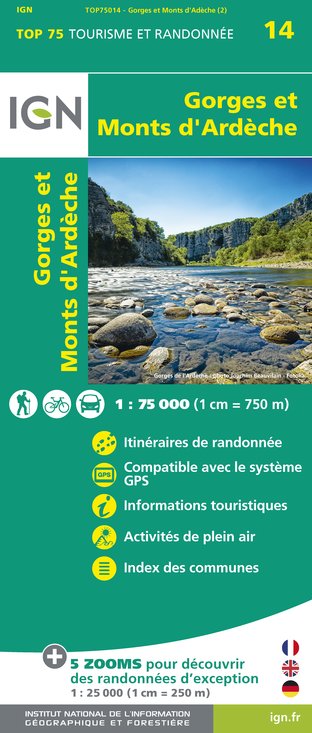


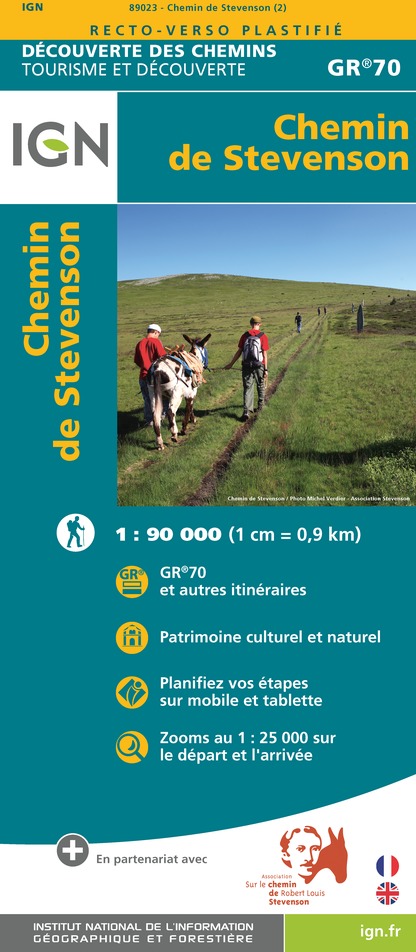



Description
Hike 240 kilometres of a trail once used by merchants and mule-drivers, Crusaders and pilgrims heading for St Gilles’ tomb or to Le Puy-en-Velay for its Black Madonna.
This document presents only the segment of the trail between la Bastide-Puylaurent et l’Affenadou, most of which is on the territory of the Cévennes National Park. You can find the entire itinerary in the official guidebook, Le chemin de Régordane (ref. 7000),published by the Fédération française de randonnée pédestre (FFRandonnée)and sold in the National Park’s centres, online at www.cevennes-parcnational.fr, in bookshops and sports shops, and at boutique.ffrandonnee.fr. All information about the Régordane Way is also available at www.chemin-regordane.fr.
Technical Information
Altimetric profile
Starting point
Points of interest
Additional information
Departure
La Bastide-Puylaurent
Arrival
L’Affenadou
Ambiance
The Régordane Waywas absolutely central to circulation in Antiquity and the Middle Ages. As you hike it, you can explore the movement of people, merchandise and ideas at each stage. The Régordane Way still bears the traces of the fight for freedom of conscience and the successive challenges that it brought to the Catholic Church: Arianism, Catharism and Protestantism. It runs through very diverselandscapes, beginning with coniferous forests and lava flows in the norththat are gradually replaced by sweet-chestnut trees, broom and holm oak, and then by garrigue(Mediterranean scrubland)as you approach the Petite Camargue.
Advice
N.B.: For a variety of reasons, the actual way-marks can differ from the route described in the guidebook. Please follow the way-marks. Make sure your equipment is appropriate for several days of hiking, but also for the day's weather conditions. Remember that the weather changes quickly in the mountains. Take enough water, wear hiking shoes and put on a hat. Close all gates and barriers after yourself.
Data author

